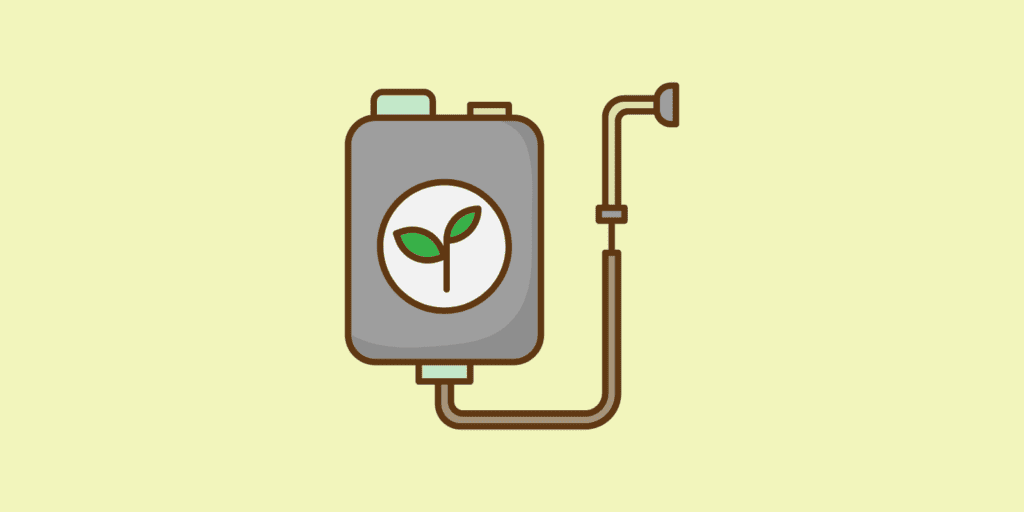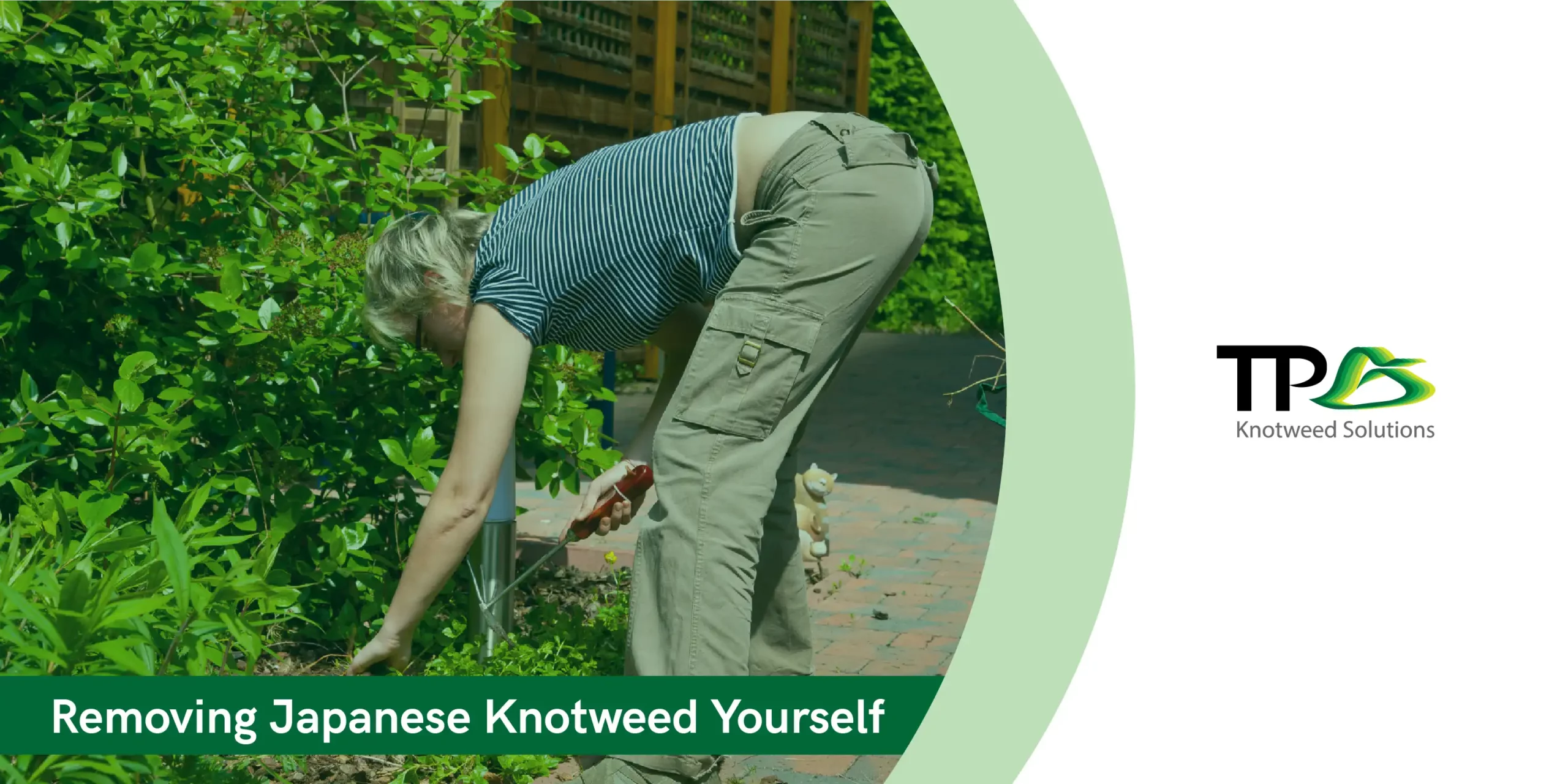Japanese Knotweed has an infamous reputation for growing in the strangest of places and for its ability to spread rapidly. With its creeping roots and bamboo-like stalks bearing enormous, heart-shaped leaves, Japanese Knotweed is increasingly one of the most difficult garden weeds to remove.
Being a herbaceous perennial plant, Japanese Knotweed dies back to the ground over the winter and reemerges in the spring. It often grows between 3 and 10 feet tall.
Simply put, Japanese Knotweed can be a nasty thing to discover, as it has a negative impact on property value, which places your house and your finances at risk. If you’re a home or property owner, read on to find out how you can get rid of Japanese Knotweed.
How and when to get rid of Japanese Knotweed?
It is important to note, that although it is not illegal to grow Japanese Knotweed on your property, there are serious repercussions if the infestation were to grow beyond your property line, placing neighbouring properties at risk. It is mostly a best practice to eradicate or at least control its spread.
Additionally, you are required to remove it if you plan to sell your house. Since 2013, homeowners who are selling their homes have been required to look for Japanese Knotweed in their gardens, disclose its presence, and provide information about a management strategy for getting rid of it.
If Japanese Knotweed has been discovered to be growing on a property you are considering purchasing, your mortgage lender may demand proof that a management plan for its removal is in place. To prevent any issues in the future, you must double-check whether it has been declared or not.
Japanese Knotweed is categorised as “controlled waste” under the Environmental Protection Act of 1990. This means that adding it to household compost bins or municipal garden waste containers is prohibited. While it can be burned (preferably after allowing it to dry up), it is recommended that you dispose of it at a permitted landfill.
Can you get rid of Japanese Knotweed yourself?

Japanese Knotweed is immensely resilient and not easy to control. If identified early on, small clusters of the infestation can be dug up or treated with weed killer by the home gardener. However, this does not guarantee that the infestation may not resurface down the line.
There are a few approaches commonly taken when tackling Japanese Knotweed, and they can all differ depending on the time of year. Here are a few common methods used:
- – Smothering: Japanese Knotweed’s growth is stifled and eventually killed by covering the infested area with tarps. It is important to catch the plant at the beginning of its growing season, this strategy should ideally be used in the spring.
- – Cutting: Japanese Knotweed can be controlled by cutting it back, though typically not completely eliminated. This procedure frequently needs to be performed in conjunction with other techniques throughout the summer.
- – Digging: Digging up the soil where the shoots are most active is another natural technique to get rid of Japanese Knotweed. This is frequently combined with other techniques and can be done anytime, especially before the smothering method.
- – Herbicide: Most gardeners turn to weed killers, although most herbicides are not very effective against Japanese Knotweed. This can be very dangerous to the user if the instructions aren’t followed as prescribed. The ideal time to use a herbicide is usually in the late summer or early autumn.
We advise using a skilled and experienced company. Japanese Knotweed specialists can give you the advantage of providing full risk assessments and treatment plans with an insurance-backed guarantee on its complete removal, which is typically recognised by mortgage lenders.
Consider these things if you’re tempted to treat it yourself:
- – The majority of people who try a DIY treatment fail, which will make later professional treatment more difficult and expensive.
- – Even if the infestation appears to be dead above ground, the underground rhizome may still be very much alive and ready to regrow at any time. This is because DIY store chemicals frequently cause dormancy, but are rarely strong enough to kill the underground root system.
- – Bleach does not eradicate Japanese Knotweed.
- – Ineffective pesticide use may harm other valuable plants.
- – If the treatment you perform on your own extends into your neighbours’ property, you won’t have much of a legal defence.
- – It’s advisable to leave the excavation of the rhizome system to experts because it’s challenging.
- – You won’t receive the crucial insurance-backed guarantee, which could make it extremely challenging to sell your home in the future and have a negative impact on its value.
If you have tried to remove Japanese Knotweed yourself and your efforts have proven ineffective, it’s probably time to contact a specialist.
Professional Japanese Knotweed removal

As you may have anticipated, getting rid of Japanese Knotweed requires specialised expertise. Yes, you can attempt to do it yourself but don’t be surprised if the weed returns quite soon after you thought you’d successfully removed it. Digging up all the roots can be laborious and, depending on the terrain, frequently nearly impossible without professional assistance.
Our methods for getting rid of Japanese Knotweed are proven and have been developed over a long period of time using the most recent technology, methods and expertise.
Before determining the best course of action, our experts will conduct a full Japanese Knotweed survey of your property to determine the degree of the infestation. Our goal is to completely remove all rhizomes, keeping your home and surroundings free of infestation long-term.




